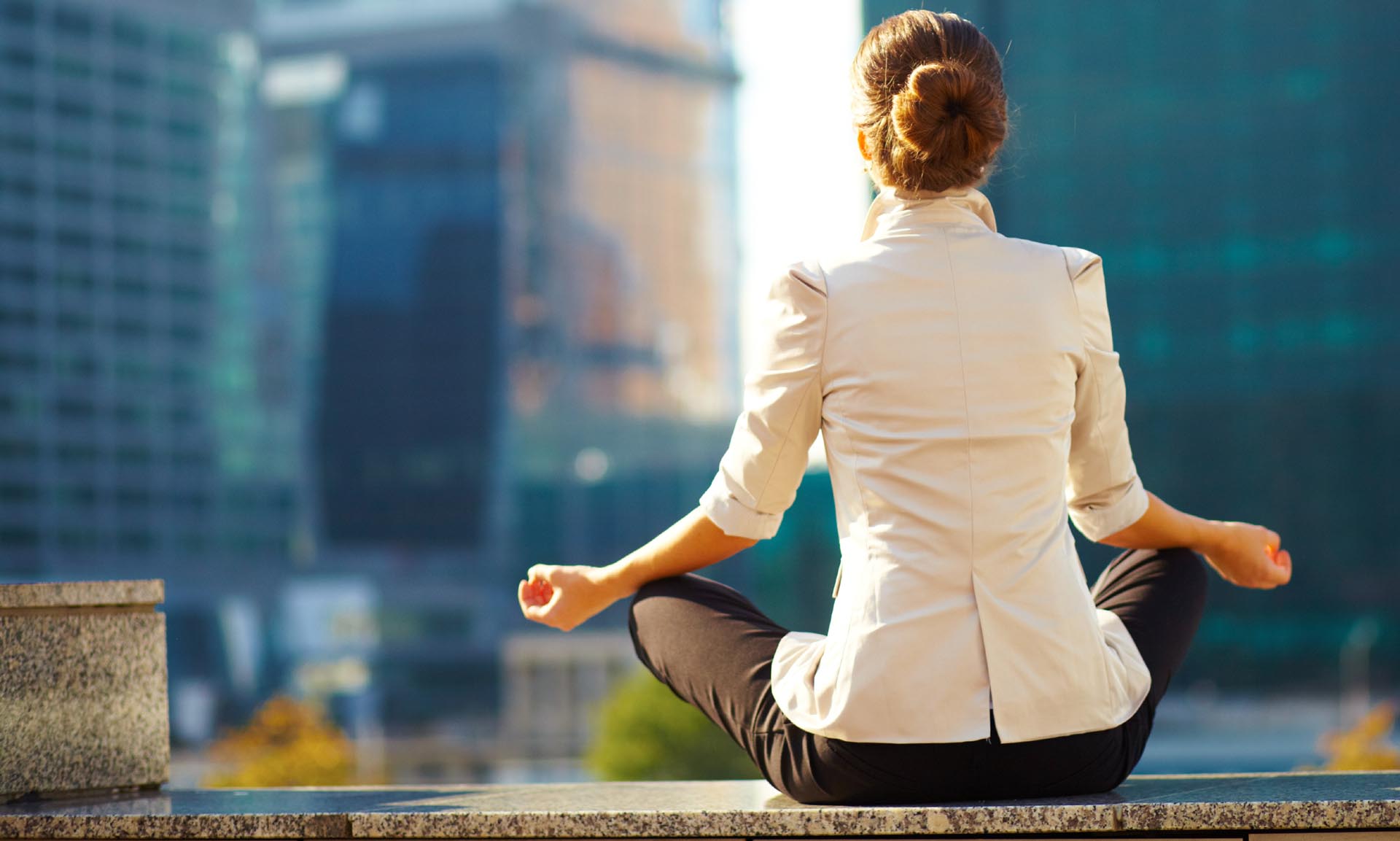4 Myths About Mindfulness and Meditation

PREMIUM CONTENT for MEMBERS ONLY
By Suzanne Smith, RN, NP
Thirty years ago, when I was living in Asia, some friends invited me to meditate. There was no formal instruction, simply watch your breath. I waited and waited, and nothing happened. My mind was just as active as ever and I was not moving into any state of deep relaxation or bliss. I kept trying to meditate and nothing was happening. I opened my eyes and everyone else appeared calm and meditating. What was I doing wrong?
Things have changed in thirty years. Mindfulness and meditation have become popular, even a commodity, we have something called the Internet and there are endless mindfulness resources, classes, books and apps. What has not changed, are the myths about mindfulness and meditation.
Below are some common myths I had about mindfulness and meditation and that I still encounter from patients in the clinic or participants in the mindfulness groups or classes I lead.
These myths can become obstacles to practicing mindfulness and meditation as well as receiving the physical and psychological benefits of these practices.
Myth #1: I need to meditate to be mindful
We can be mindful in any moment. Take this moment, right now, to feel where your body makes contact with a surface and bring your attention to observing the sensation of the breath as it moves in and out of the body. You just practiced mindfulness.
“We all have the capacity to be mindful when we bring our attention into the present moment and connect with the experience of our life as it is actually happening.”
Mindfulness is a quality of attention that is open, nonjudgmental, curious and kind. Meditation is a way to practice mindfulness and cultivate these qualities leading to more wisdom and compassion. Yoga is another way to practice mindfulness by bringing awareness to the body and breath through movement. However, we can bring the quality of mindfulness to any moment. How can you bring the quality of mindfulness to more moments in your life? I invite you to practice mindfulness today as you engage in your daily activities such as washing the dishes, gardening or eating a meal. Bring your full presence and senses to the activity and experience how it is. Research shows an increased sense of wellbeing when we are engaged with our present moment experience.1
Myth #2: I can’t get my mind to stop thinking when I meditate
Our mind’s job is to think so if you are expecting it to stop doing its job, that is an unrealistic expectation. Meditation is not about stopping thoughts. Mindfulness meditation is about becoming aware of them and not getting lost in the story about the thoughts. When we can see thoughts as thoughts, there is less reactivity. We can shift and anchor our attention to an object such as the breath and let the thoughts be in the background. When you notice you have gotten pulled back into thought, which will happen, this awareness is a moment of mindfulness and creates an opportunity to guide your attention back to the breath, beginning again. Every moment is a moment to begin again.
Research shows that daily meditation over 8 weeks enhanced regulation of attention and emotions.2
Myth #3: I must not be doing it right because it is not working
Many people get stuck on the belief that mindfulness meditation is about creating a specific experience, when in fact, it is about being with the experience that you are having in that moment whether it is pleasant, unpleasant or neutral. It is about observing that experience and meeting the experience with a kind and open attitude. When we are attached to an idea of how we think it should be this creates resistance to what is, and this resistance becomes the source of our tension and stress. If you are practicing meditation to make your pain go away or to relax when you are restless, you may need to let go of the outcome you had in mind and the story you have created about what is supposed to happen. When we observe our experience as it is without resistance, there is more ease and an opportunity for greater clarity to see the beliefs we have that keep us stuck in those patterns.
“It is not always easy to open up to the reality of our experience so support yourself with kindness and compassion.”
It can be helpful to place a hand on your body for support to feel your own presence and silently repeat some encouraging words such as, May I allow myself to be as I am in this moment. May I open to kindness and support myself the best I can in this moment.
Research shows that self-compassion is strongly associated with fewer negative states and more positive states.3, 4 ,
Myth #4: I do not have time to meditate
Our minds are good at rationalizing why we are unable to do all kinds of things. By the time you think of all the reasons, you could have taken that time to meditate. Begin by setting an intention to meditate. Schedule it in. Start small with 1 to 5 minutes. Put a timer on, so you can fully drop into being. Remind yourself, there is no where to go or nothing to do during this time you have set aside. Feel your body, feel your breath, your mind will wander and when you notice, you guide it back to the body and the breath. We slowly build capacity. You do not need to do this alone. Listen to a guided meditation. It is most helpful to take a class for instruction and to connect with others to support your practice. There are more opportunities on-line than ever due to the pandemic. Start to notice how you invest your time and attention and more importantly, where do you choose to invest your time and attention. There are also many moments in the day when mindfulness can be practiced such as waiting in line at the store or walking in the neighborhood. Remember you can shift your attention in any moment.
“What you focus on becomes your experience and your experiences make up your life.”
So, if you thought you were unable to meditate or were doing it wrong, I hope you will begin again with a new perspective and kind attitude to yourself and your experience. When we set the intention to listen deeply, we begin to see the universal ever-changing nature of life, we open up to the full experience of being human and understand that life brings joys and sorrows and that we all share in this experience. We come into awareness, we know we are not alone and are able to experience the inter-connectedness of life.
We need to practice mindfulness in order to experience any of the benefits the practice offers. So, when will you decide to practice? Now? If not now, when?
References
- Killingsworth MA, Gilbert DT. Science. 2010 Nov 12;330(6006):932.
- Basso, JC et al. Behav Brain Res 2019 Jan 1;356:208-220.
- Johnson & O’Brien, 2013; Journal of Social and Clinical Psychology: 32:9
- Neff, Rude & Kirkpatrick, 2007, Journal of Research in Psychiatry: 41: 139-154
 Suzanne Smith, RN, NP is nurse practitioner at UCLA where she heads the Integrative Digestive Health and Wellness Program, teaching mind-body based skills and promoting healthy living for gastrointestinal conditions. She is a regular contributor to the MGC Blog.
Suzanne Smith, RN, NP is nurse practitioner at UCLA where she heads the Integrative Digestive Health and Wellness Program, teaching mind-body based skills and promoting healthy living for gastrointestinal conditions. She is a regular contributor to the MGC Blog.